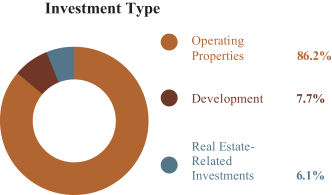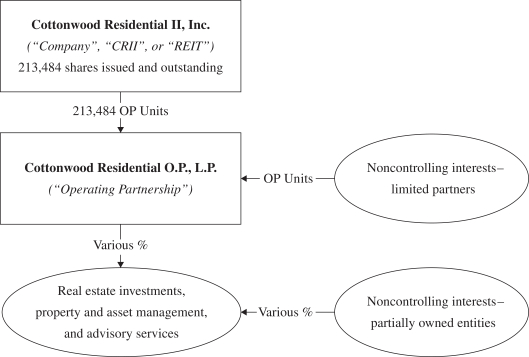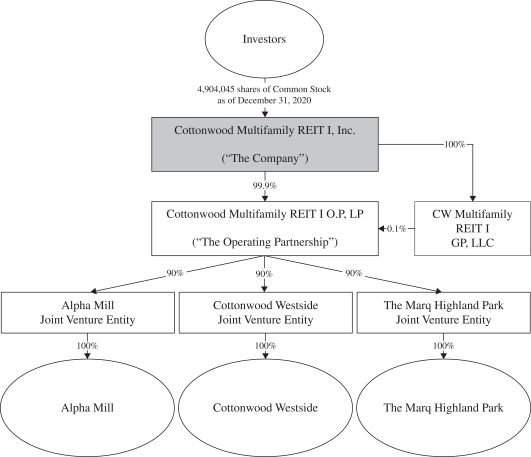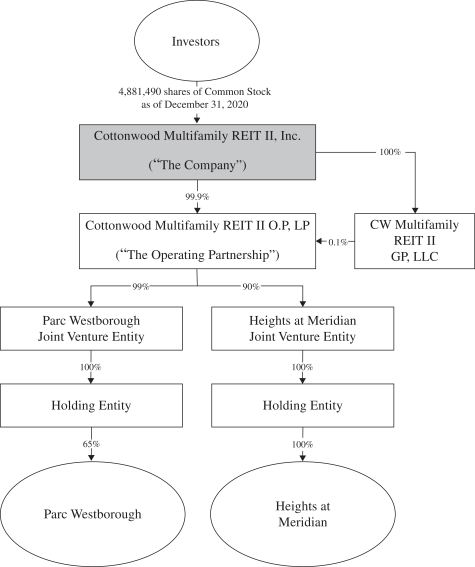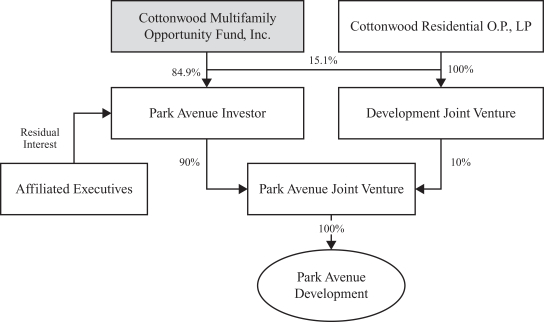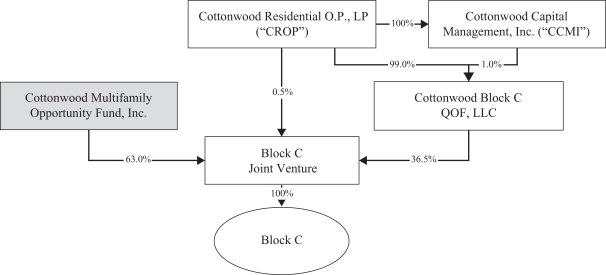dates and the consolidated statements of operations, comprehensive income, stockholders’ equity and cash flows of CMOF and the CMOF Subsidiaries for the periods presented therein.
(e) CMOF is not, and none of the CMOF Subsidiaries is, a party to, and neither CMOF nor any CMOF Subsidiary has any commitment to become a party to, any joint venture,
off-balance
sheet partnership or any similar Contract or arrangement, including any arrangement relating to any transaction or relationship between or among CMOF and any CMOF Subsidiary, on the one hand, and any unconsolidated Affiliate of CMOF or any CMOF Subsidiary, including any structured finance, special purpose or limited purpose entity or Person, on the other hand, or any
“off-balance
sheet arrangements” (as defined in Item 303(a) of Regulation
S-K
of the SEC), where the result, purpose or effect of such arrangement is to avoid disclosure of any material transaction involving, or material liabilities of, CMOF, any CMOF Subsidiary or CMOF’s or such CMOF Subsidiary’s audited financial statements or other CMOF SEC Documents.
(f) Neither CMOF nor any CMOF Subsidiary is required to be registered as an investment company under the Investment Company Act.
(g) CMOF and the CMOF Subsidiaries (including in each case any of their officers and directors) have complied and are in compliance with applicable Anti-Corruption Laws. Neither CMOF nor any CMOF Subsidiary nor, to the Knowledge of CMOF, any director, officer or Representative of CMOF or any CMOF Subsidiary has (i) used any corporate funds for any unlawful contributions, gifts, entertainment or other unlawful expenses related to political activity, (ii) made, taken or will take any action in furtherance of any direct or indirect unlawful payment, promise to pay or authorization or approval of the payment or giving of money, property or gifts of anything of value, directly or indirectly to any foreign or domestic government official or employee, (iii) made, offered or taken an act in furtherance of any direct or indirect unlawful bribe, rebate, payoff, kickback or other unlawful payment to any foreign or domestic government official or employee, (iv) made any payment to any customer, supplier or tenant, or to any officer, director, partner, employee or agent of any such customer, supplier or tenant, for the unlawful sharing of fees to any such customer, supplier or tenant or any such officer, director, partner, employee or agent for the unlawful rebating of charges, (v) engaged in any other unlawful reciprocal practice, or made any other unlawful payment or given any other unlawful consideration to any such customer, supplier or tenant or any such officer, director, partner, employee or agent of such customer, officer or tenant, or (vi) taken any action or made any omission in violation of any applicable Law governing imports into or exports from the United States or any foreign country, or relating to economic sanctions or embargoes, corrupt practices, money laundering, or compliance with unsanctioned foreign boycotts, in each case, in violation of any applicable Anti-Corruption Law. Neither CMOF nor any CMOF Subsidiary has received any written communication that alleges that CMOF or any CMOF Subsidiary, or any of their respective Representatives, is, or may be, in violation of, or has, or may have, any liability under, any Anti-Corruption Law.
Section 4.6
Absence of Certain Changes or Events
. Except as set forth in
Section
4.6
of the CMOF Disclosure Letter, since December 31, 2021 through the date of this Agreement, (a) CMOF and each CMOF Subsidiary have conducted their respective business in all material respects in the ordinary course of business, (b) there has not been any CMOF Material Adverse Effect or any event, circumstance, change, effect, development, condition or occurrence that, individually or in the aggregate with all other events, circumstances, changes, effects, developments, conditions or occurrences, would reasonably be expected to have a CMOF Material Adverse Effect, and (c) there has not been any declaration, setting aside for payment or payment of any dividend or other distribution (whether in cash, stock or property) with respect to any capital stock of CMOF.
Section 4.7
No Undisclosed Liabilities
. Except (a) as set forth in
Section
4.7
of the Disclosure Letter, (b) as disclosed, reflected or reserved against on the balance sheet of CMOF dated as of December 31, 2021 (including the notes thereto), (c) for liabilities or obligations incurred in connection with the transactions contemplated by this Agreement, and (d) for liabilities or obligations incurred in the ordinary course of business since December 31, 2021, neither CMOF nor any CMOF Subsidiary has any liability or obligation (whether accrued, absolute, contingent or otherwise) that either alone or in the aggregate has had, or would reasonably be expected to have, a CMOF Material Adverse Effect.
A-22


